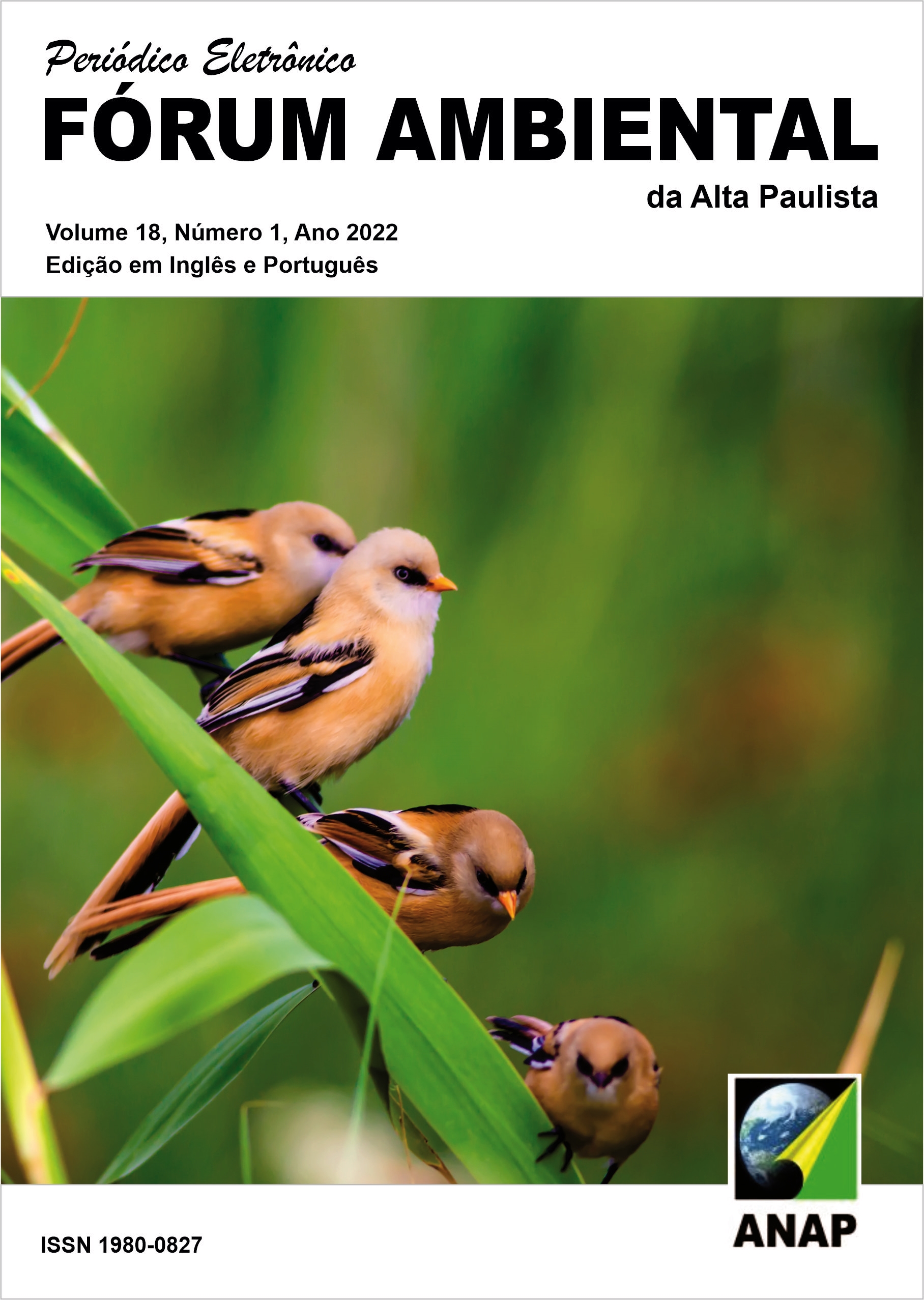Pesticides, water resources and bioindicators
DOI:
https://doi.org/10.17271/1980082718120223107Keywords:
Ecotoxicology. Fish. Toxicity.Abstract
Pesticides are constantly used to control agricultural and urban pests. However, they can contaminate watercourses and intoxicate aquatic organisms. The ecotoxicological effects of these contaminants can be observed in studies with bioindicators. This article presents a literature review on the main environmental aspects associated with pesticides and their toxicity to aquatic bioindicators. The search for scientific publications was carried out on the platforms Science Direct, Scielo, Virtual University Library and Academic Google. The information found was complemented with aspects related to legislation on pesticides consulted on Government platforms. The occurrence of pesticides in water resources has been recorded in several countries around the world, which shows the constant and inadequate use of these substances. This issue brings to light major challenges that involve the search for preventive and/or recovery measures from possible impacts on the environment, non-target organisms and human beings who are exposed to contamination by pesticides. The use of pesticide contamination bioindicators is essential to identify the effects of these substances on the environment and the sensitivity between species and different aquatic trophic levels. Fish constitute an excellent group of bioindicators, among them the Danio rerio (zebrafish) is the one that stands out in ecotoxicological studies. The most frequently observed ecotoxicological effects in fish include lethality, neurotoxicity, and enzymatic, biochemical, hematological and histological changes. These effects can compromise the survival and health of these vertebrates, interfering with the balance of aquatic environments and possibly impacting human health.












